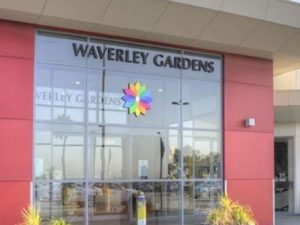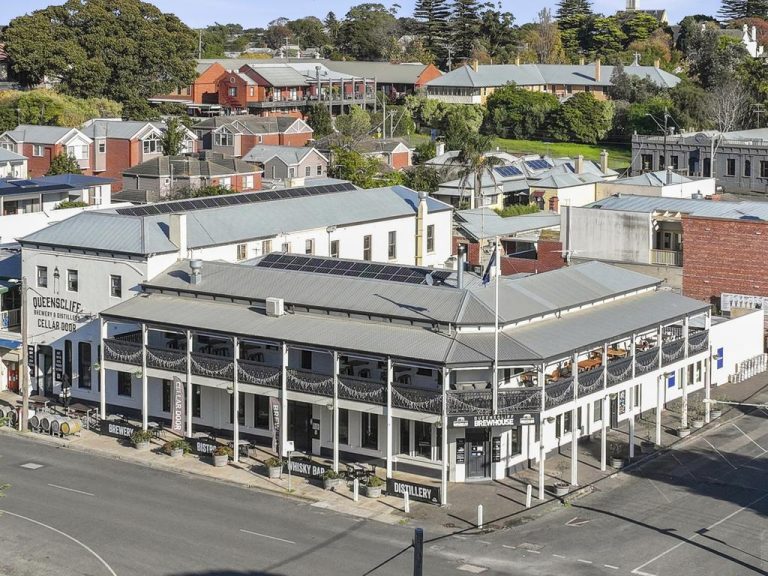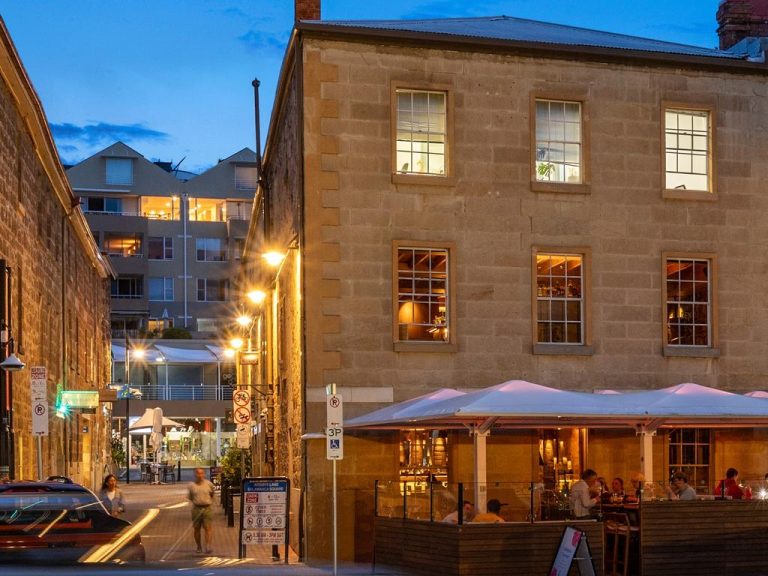Art gallery evolution: From ‘unapproachable and stony’ to fashionable and inviting
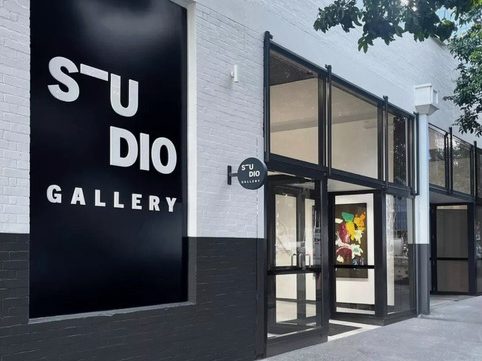
Melbourne-based abstract painter Kerry Armstrong turned a commercial Cheltenham warehouse into a NYC style art gallery 10 years ago, and attracted more than 500 people to the south eastern suburbs on opening night alone. It’s still going strong.
Since then, she’s opened three more Studio Gallery locations – from High Street, Armadale to Danks St, Waterloo, Sydney and now in Brisbane’s blossoming commercial pocket on Wandoo Street located near James Street in Fortitude Valley.
The former marketer turned full time painter has a loyal roster of collector’s worldwide; and says the decision to expand to Brisbane is proof that art collectors aren’t who they used to be 10 years ago.
What’s more, they’re heading to shopping strips that aren’t your typical spot for finding art galleries either.

Kerry Armstrong, Soiree, 2024 and Nathan Betts,The surgeon general, 2024 at Studio Gallery. Picture: Studio Gallery/Instagram
“Everything has changed in the way people collect art,” says Ms Armstrong.
“In the last five years we have seen significant changes in our collector base; and we look at our market clinically to observe and see who is the new collector and they’re getting younger, more upwardly mobile and collecting according to their own personal taste and to achieve a certain lifestyle.”
The decision to open in Brisbane was spurred by the mass exodus from the southern states to Queensland. It’s a reflection of the art-collecting crowd moving north – with more looking to add contemporary art to their new residential walls more than ever before.
“We could have chosen ex-galleries that were cheaper to rent in Brisbane, but I wanted to open up where I felt our collector would be frequenting – the fashion, cafes and hotel precinct,” Ms Armstrong says.
It’s where many cashed up Aussies love to holiday too; and who has time to browse art shops on holidays? Lots of people do.
In Melbourne, Ms Armstrong’s High Street, Armadale gallery is situated among a busy antique and gallery cluster – her bricks and mortar presence essential here, as those who buy art also live within the vicinity and buy works for their holiday homes, too.

Studio Gallery, High Street Armadale. Picture: Studio Gallery/Instagram
In Sydney, they chose Danks Street, Waterloo – an area known for its big art gallery scene from the early 2000s – with many businesses moving into old factories at the time to hang the works and lure buyers their way.
“The strip here has had some very high highs and crushing lows, but we find there’s those who love to come and see what we’ve got and still have a strong interest in this area of Sydney,” Ms Armstrong says.
“We aren’t like a lot of the other galleries around so they’re very welcoming of us being here. We offer a mix of Australian and international and like to think we’re more progressive in our approach too.”
Ames Yavuz Australia has two galleries in Sydney – the first at 69 Reservoir Street, Surry Hills and a second gallery in Commonwealth Street. According to the gallery’s managing director Owen Craven, a bricks and mortar presence is essential for business, even in the fast-paced digital age.
With a gallery footprint already established in Singapore; and a roster of artists that span the Asia-Pacific, it made sense they expand in Australia too.
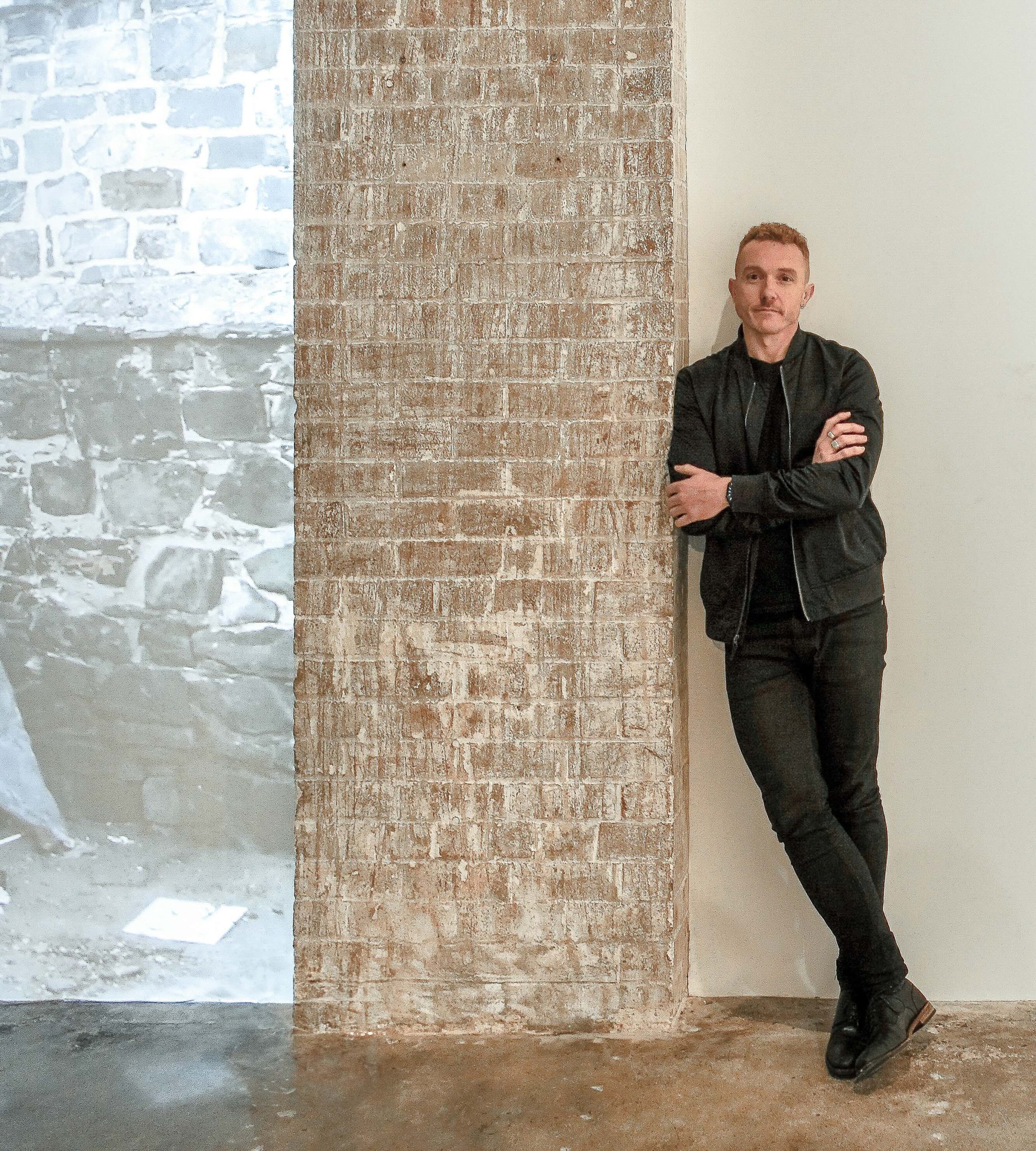
Owen Craven, director of Ames Yavuz gallery. Picture: Supplied
“Sydney, as a cultural hub, felt like the right place to provide artists with a platform to connect with both regional and international audiences,” Mr Craven says.
And of course, the tactility of art and being immersed in spaces that inspire is key to the transaction too.
“People value visiting galleries,” Mr Craven says.
“The experience of seeing art in person – its scale, texture, and presence – offers something that online viewing can’t replicate. It allows for a more intimate and impactful connection with the work, something that remains essential in how art is experienced and appreciated.”
The gallery is currently exhibiting Kamilaroi artist Reko Rennie’s Urban Rite – which sees the artist himself delve into abstracted figurative paintings depicting prominent First Nation figures and people from his life. It’s a chance to see an emerging side to the artist’s work that’s not on show as part of the Rekospective at Ian Potter at Federation Square in Melbourne.

Installation views of Reko Rennie, ‘Urban Rite’, 2024. Photographed by Josh Raymond. Picture: Ames Yavuz/Instagram
At Sydney’s COMA – located in Chippendale – Director Sotiris Sotiriou says he opened his gallery in the new art precinct to give the Australian public access to international art that the rest of the world was already privy to, but not being shown in Australia.
“Our cultural ecosystem here is robust and patrons are active, but I want to ensure that this is bolstered by a global outlook,” Mr Sotiriou says.
“Having Australian artists shown in this context is extremely important for the way in which international museums and collectors view Australia and our artists.”

Installation View, Otis Kwame Kye Quaicoe, ‘Fragments of History’, COMA, Sydney, Australia, 2024. Picture: COMA/Instagram
With a clientele base that is predominantly offshore, he says the Australian collectors’ taste have matured and a new wave of collector is emerging.
“Brick and mortar spaces onshore are places for Australian collectors to truly appreciate the quality of work, and understand why certain artists become significant forces in cultural history. The days of the unapproachable and stony gallery are over,” he says.
“Contemporary art today should be about education and fostering collector curiosity.”

